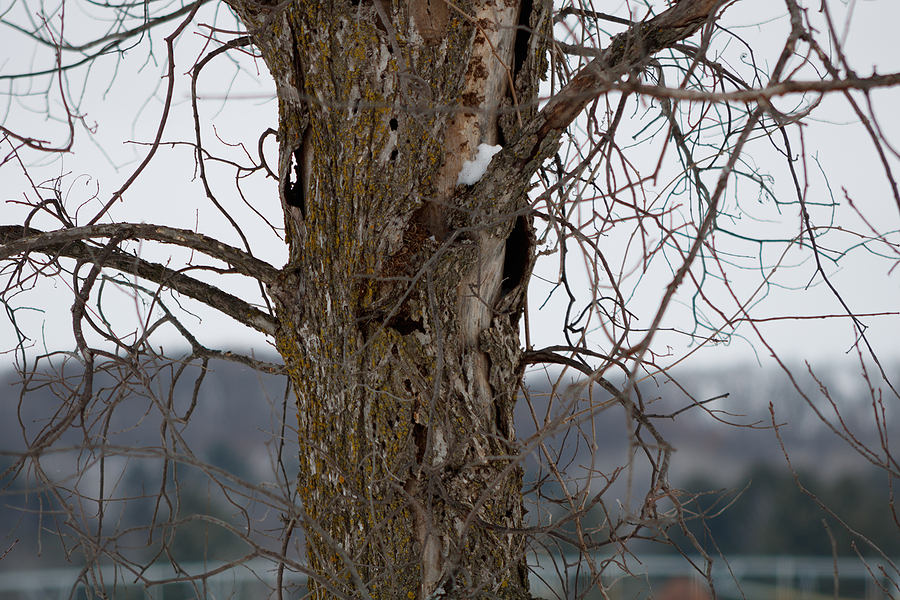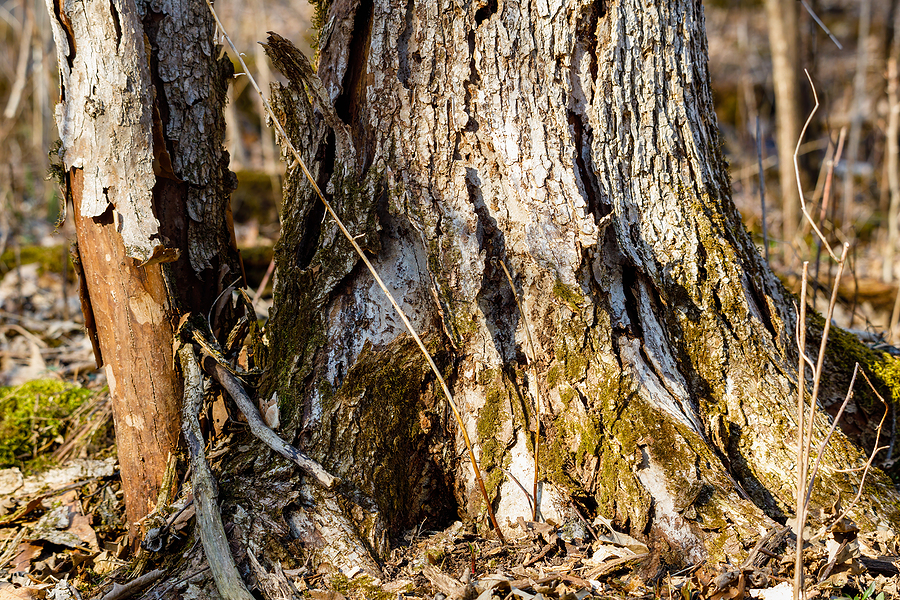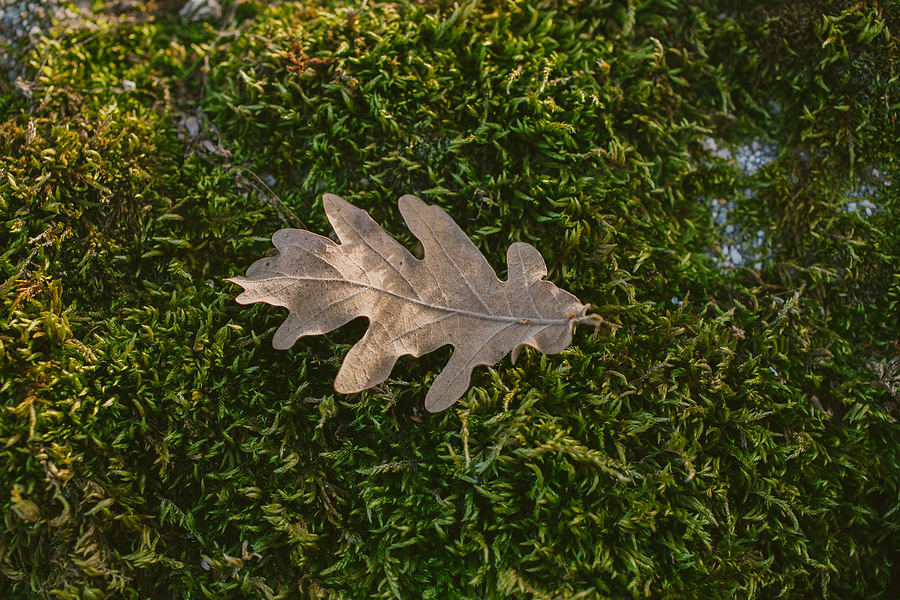Indiana, renowned for its diverse and gorgeous forest landscapes, is home to an array of tree species. However, these stunning giants are not impervious to harm. They can fall prey to a multitude of tree diseases that can affect their health and longevity. As inhabitants of this beautiful state, it is our collective responsibility to identify and combat these diseases, preserving the natural beauty that defines Indiana.
This blog post aims to shed light on common tree diseases prevalent in Indiana, effective identification methods, and the subsequent treatment options. Whether you’re a homeowner with a backyard full of trees or a tree doctor seeking additional knowledge, this guide will provide the crucial information you need to keep our trees healthy and thriving.

Common Tree Diseases in Indiana
As with any living organism, trees are susceptible to diseases caused by fungi, bacteria, viruses, and environmental factors. Some of the most common tree diseases found in Indiana include Dutch Elm Disease, Oak Wilt, and Anthracnose.
Dutch Elm Disease: This disease is caused by a fungus that attacks elm trees and can result in the death of the tree within a few years. It is transmitted through elm bark beetles, which carry spores from infected trees to healthy ones. Symptoms include yellowing and wilting of leaves, branch dieback, and ultimately, the death of the tree.
Oak Wilt: Another fungal disease that affects oak trees, Oak Wilt can be fatal if left untreated. It spreads through root grafts and insect vectors, resulting in leaf discoloration, wilting, and defoliation. In severe cases, the tree may die within a matter of weeks.
Anthracnose: This is a fungal disease that can affect various tree species, including maple, ash, and oak trees. It causes dark lesions on leaves, leading to defoliation and dieback of branches. While not usually fatal, it can weaken the tree’s overall health and make it more susceptible to other diseases.
Identifying Tree Diseases
Early detection is key when it comes to treating tree diseases effectively. Here are some signs to look out for while inspecting your trees:
► Discolored or wilting leaves: If you notice leaves turning brown, yellow, or wilted, it could be a sign of a disease.
► Fungal growth: The presence of fungus on the tree’s bark or leaves is a strong indicator of an infection.
► Dieback or dead branches: Trees with dieback or dead branches may have an internal disease that needs to be addressed.
If you observe any of these symptoms, it is crucial to consult a professional tree doctor for proper diagnosis and treatment.
Treating Tree Diseases
Treating tree diseases in Indiana requires a multi-faceted approach that involves both prevention and intervention strategies. Here are some methods commonly used by tree doctors, more formally known as certified arborists:
Pruning: Removing infected branches and leaves using proper tree pruning techniques can help prevent the spread of disease.
Fungicides: In some cases, fungicides can be applied to the tree to control the spread of fungal diseases.
Cultural practices: Properly maintaining your trees through regular watering, fertilizing, and mulching can help keep them healthy and resistant to diseases.
Tree injections: Some severe diseases may require injecting medication directly into a tree’s trunk for effective treatment.
Conclusion
As responsible citizens of Indiana, it is our duty to protect and preserve the stunning trees that adorn our state. By familiarizing ourselves with common tree diseases, identifying them early on, and seeking professional help when needed, we can ensure that our trees remain healthy for generations to come. Remember to always consult a certified tree doctor for proper diagnosis and treatment plans, as each tree disease may require a different approach. Let’s work together to keep Indiana’s forests flourishing!
Are you concerned about the health or safety of your trees? Our team of experienced Indianapolis tree service contractors and certified arborists will ensure that your trees are well-maintained and safe for years to come. Contact us at 317-783-2518 to learn more about how we can help you keep your trees looking their best.
Related Posts:
What You Need to Know About Tree Disease Treatment
Common Diseases Affecting Trees in Indiana and How to Treat Them
Is My Tree Dead or Diseased?


